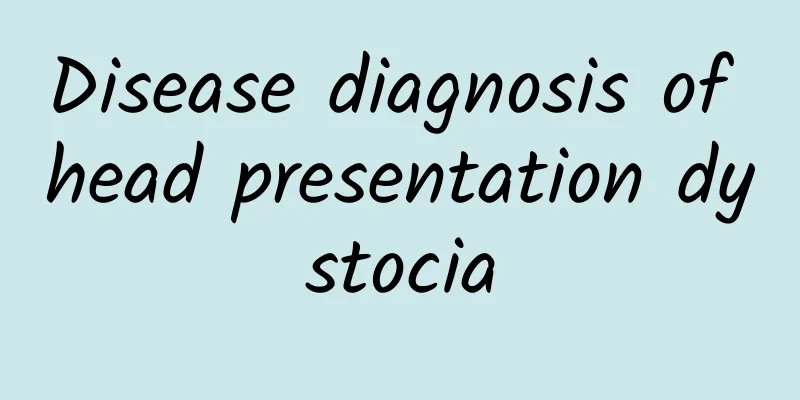The dangers of multiple uterine fibroids

|
The dangers of multiple uterine fibroids: Uterine fibroids are a type of gynecological tumor whose etiology is still unclear. Clinically, they are divided into single and multiple uterine fibroids. Multiple uterine fibroids refer to different uterine fibroids occurring in the same uterus. Multiple uterine fibroids can cause many complications, which are very harmful to women and can lead to infertility in severe cases. 1. Multiple uterine fibroids are mostly benign, but a few may cause malignant changes, especially in patients whose fibroids grow rapidly after menopause or whose fibroids reappear after menopause. 2. Infertility, miscarriage, and dystocia: Myomas hinder the implantation of fertilized eggs, causing deformation of the uterine cavity, leading to infertility, premature birth, or miscarriage. The spontaneous abortion rate of patients with myomas is 4 times that of normal people, and about 25 to 35% of patients with uterine fibroids are infertile. During delivery, myomas affect the normal contraction of the uterus and prolong the delivery process; myomas embedded in the pelvic cavity will block the birth canal and cause dystocia. 3. Secondary anemia: Due to long-term excessive menstruation in patients, secondary anemia and even anemic heart disease may occur. 4. Concurrent inflammation: Bleeding causes bacterial invasion, complicated with gynecological inflammation such as adnexitis and pelvic inflammation. Inflammation is sometimes purulent, and in a few cases, abscesses form in the tumor tissue. Subserosal myoma pedicle torsion causes intestinal adhesion, which can be invaded by intestinal bacteria. Inflammatory myoma adheres to the uterine appendages, causing purulent inflammation. What are the symptoms of multiple uterine fibroids? 1. Pain: Generally, patients do not have abdominal pain, but often have lower abdominal distension, back pain, etc. When the pedicle of the subserosal fibroid is twisted, acute abdominal pain may occur, the fibroid changes to red, the abdominal pain is severe, and is accompanied by fever. 2. Menstrual changes: The most common symptom is shortened menstrual cycle, increased menstrual volume, prolonged menstruation, irregular vaginal bleeding, etc. 3. Increased leucorrhea: Increased leucorrhea, sometimes with a large amount of purulent and bloody discharge and necrotic tissue discharge with a foul odor. |
<<: Precursors of pulmonary embolism
>>: Is ovarian cyst serious? What are the main symptoms?
Recommend
Patients with pelvic inflammatory disease should pay attention to the precautions during treatment
As a common disease, pelvic inflammatory disease ...
Symptoms of uterine fibroids: Can uterine fibroids cause acute abdominal pain?
Many people don't know much about uterine fib...
Is abdominal bloating a symptom of adnexitis?
Is abdominal bloating a symptom of adnexitis? 1. ...
The harm of amenorrhea for many years to women
Amenorrhea for many years may cause serious harm ...
How to calculate your menstrual cycle
How to calculate the menstrual cycle? The menstru...
What medicine can cure small uterine fibroids? Take these 3 medicines now
What medicine should be taken for uterine fibroid...
Can I eat before an abortion? No food allowed for 6 hours
Abortion is a compensatory measure currently take...
Can I still have an abortion after three months?
Artificial abortion can still be performed within...
What are the symptoms of ovarian cysts?
If ovarian cysts are not treated in time, severe ...
Key points of expert consensus on hyperprolactinemia
For a disease like hyperprolactinemia, the probab...
Shoulders and neck are sore and painful, are you feeling exhausted from sitting for a long time? Nutritionist Li Yihua: 3 nutrients to help relieve pain
Although shoulder and neck pain may seem like a m...
"Flowers" are delicious! Mother's Day flower and bird cakes are eye-catching
Mother's Day is coming in May. Do you want to...
Bloggers love eating this way! Recipe for thin face (Part 2)
Ai Ai Wo, who is not fat, once tried the legendar...
Do patients with cervical erosion need to undergo cervical cancer screening once a year?
Do patients with cervical erosion need to undergo...
Can abnormal leucorrhea be washed?
When leucorrhea is abnormal, it is not recommende...









